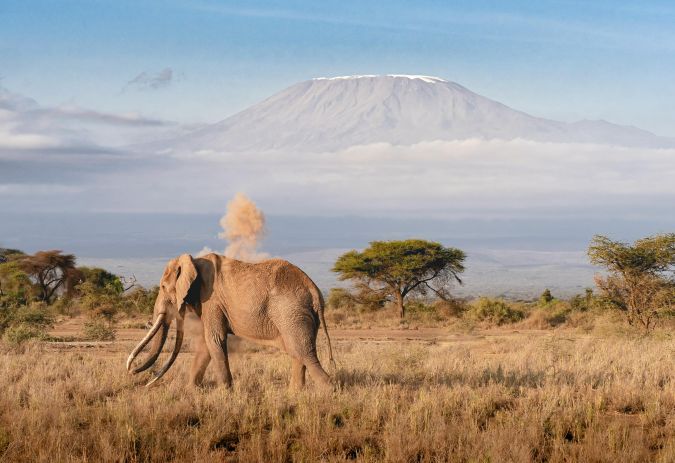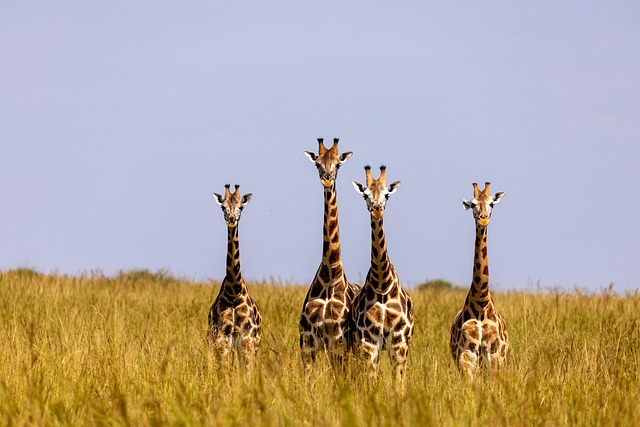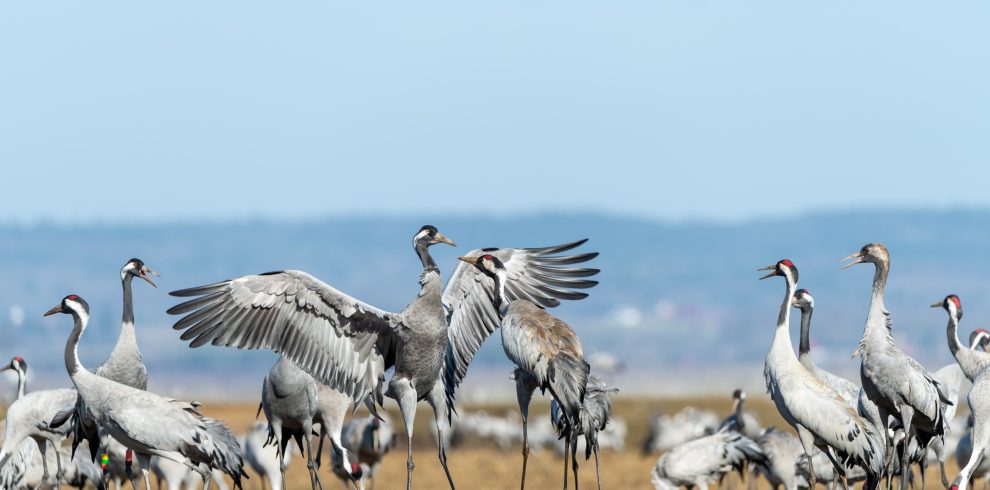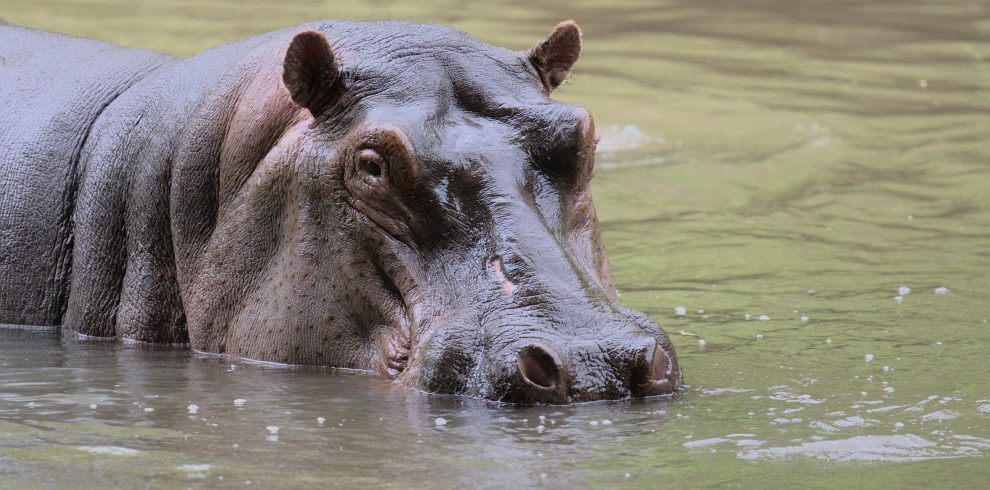How to Prepare for Mount Kilimanjaro Climb in 2025/2026/2027
To prepare for Mount Kilimanjaro in 2025/2026/2027, you’ll need a solid fitness routine, high-altitude training, a detailed gear checklist, and mental preparation. Start cardio and endurance workouts at least 2–3 months in advance. Pack layered clothing for changing climates, train with your daypack, and understand how altitude affects the body. Choosing the right route and acclimatization strategy is key to summit success.
limbing Mount Kilimanjaro in 2025, 2026, or 2027 is a once-in-a-lifetime adventure—but success starts with preparation. This guide covers everything you need to know: how to prepare for Mount Kilimanjaro, what to pack, how to train, and how to deal with altitude. Whether you’re planning a budget Kilimanjaro climb or opting for a luxury trekking package, the essentials remain the same.
We’ll walk you through a proven Kilimanjaro training plan, offer gear tips from seasoned climbers, and explain how to mentally prepare for high altitudes. Each year, thousands of climbers underestimate the physical and mental demands of this majestic mountain. With our insider advice, you’ll be well ahead.
From choosing the right Kilimanjaro route (like Machame or Lemosho) to understanding weather patterns and packing the right gear, this guide gives you everything you need to summit safely and confidently.
For more guidance, the Wilderness Medical Society offers excellent insights into altitude acclimatization—an external resource worth bookmarking.
Prepare smart, climb safe, and join the ranks of those who’ve conquered Africa’s highest peak.
Kilimanjaro Climb Fitness Requirements
Climbing Mount Kilimanjaro is a demanding trek—not a technical climb, but one that requires stamina, endurance, and mental grit. You don’t need to be a marathon runner, but a good base level of cardiovascular fitness, strength training, and hiking experience is key. Altitude—not terrain—is the biggest challenge. Prepare your lungs and legs with consistency.
When to Start Training for Kilimanjaro 2025/2026/2027
Ideally, begin training at least 8–12 weeks before your scheduled climb. If you’re not starting from a fitness base, allow up to 6 months. Start with brisk walking, hiking local trails, stair climbing, or light running. Add in strength training (especially core and legs) and increase intensity gradually.
Best Training Plan for Kilimanjaro (3-Month Sample)
| Week | Cardio (3x/week) | Strength (2x/week) | Weekend Hike (1x/week) |
|---|---|---|---|
| 1–4 | 45 mins brisk walk or jog | Bodyweight + resistance bands | 2–4 hrs local hike |
| 5–8 | 1 hr hill intervals or stair climbing | Weighted squats, planks | 4–6 hrs w/ daypack |
| 9–12 | 60–90 mins hiking | Core + full-body strength | 6–8 hrs hike (simulate altitude if possible) |
Essential Kilimanjaro Packing List
- Base layers (thermal)
- Insulated jacket
- Waterproof outer shell
- Trekking boots (broken in)
- Hiking poles
- Warm hat, gloves, neck gaiter
- Daypack (25–30L)
- Headlamp & extra batteries
- Reusable water bottles or hydration bladder
- Snacks & electrolyte tablets
Recommended Gear (And What Not to Bring)
Must-haves:
- Down sleeping bag (-10°C or colder)
- Trekking socks (3–5 pairs)
- Sunglasses (UV400+)
- Sunscreen & lip balm
Avoid:
- Heavy cottons (retain moisture)
- New boots (break them in before)
- Overpacking—weight matters
How to Acclimate to Kilimanjaro Altitude
Acclimatization is vital. Choose a longer route (like Lemosho or Northern Circuit) for gradual ascent. Follow “climb high, sleep low” where possible. Hydrate constantly, eat even when you’re not hungry, and listen to your body. Consider a pre-trek acclimatization hike or high-altitude training mask.
Mental Preparation & Motivation
Mental strength is just as important. Prepare by:
- Visualizing success
- Practicing discomfort (cold hikes, early starts)
- Reading real Kilimanjaro trekker stories
- Keeping a positive mindset with daily affirmations
Travel Documents, Insurance & Health Tips
- Valid passport (6 months min. validity)
- Tanzanian Visa (on arrival or e-visa)
- Yellow fever certificate (if arriving from a risk area)
- Comprehensive travel insurance with high-altitude trekking coverage
- Medications: altitude sickness tablets (Diamox), pain relief, personal prescriptions
Route-Specific Preparation Tips
- Machame Route: Steep, scenic, popular—requires stamina
- Marangu Route: Hut accommodations, easier descent, shorter acclimatization
- Lemosho Route: Best for acclimatization, beautiful vistas
- Northern Circuit: Longest and quietest—great for success rate
Bonus: Common Mistakes to Avoid Before Your Climb
- Ignoring altitude prep
- Skipping gear testing
- Underestimating hydration
- Packing too much
- Training only in the gym—not outdoors
Final Thoughts
Every successful Kilimanjaro summit starts months before you step foot in Tanzania. Focus on preparation, mindset, and gear. For more info on Kilimanjaro routes and pricing, or to book a guided trek, trust African Paradise Safari for a safe, guided, unforgettable journey to Uhuru Peak.
🧭 Ready to Conquer Kilimanjaro?
Start preparing today for your unforgettable summit of Mount Kilimanjaro in 2025, 2026, or 2027. Whether you’re just getting started or fine-tuning your final gear list, our expert team is here to guide you every step of the way.
✅ Choose from 6+ Kilimanjaro routes
✅ Custom fitness & gear consultation
✅ Flexible dates and group/private departures
✅ 100% success-focused climbs with certified guides
👉 Book Your Kilimanjaro Trek Now
Let African Paradise Safari help you stand tall on Africa’s highest peak.
📩 Enquire Now
📞 Call or WhatsApp: +254 728 567 308









